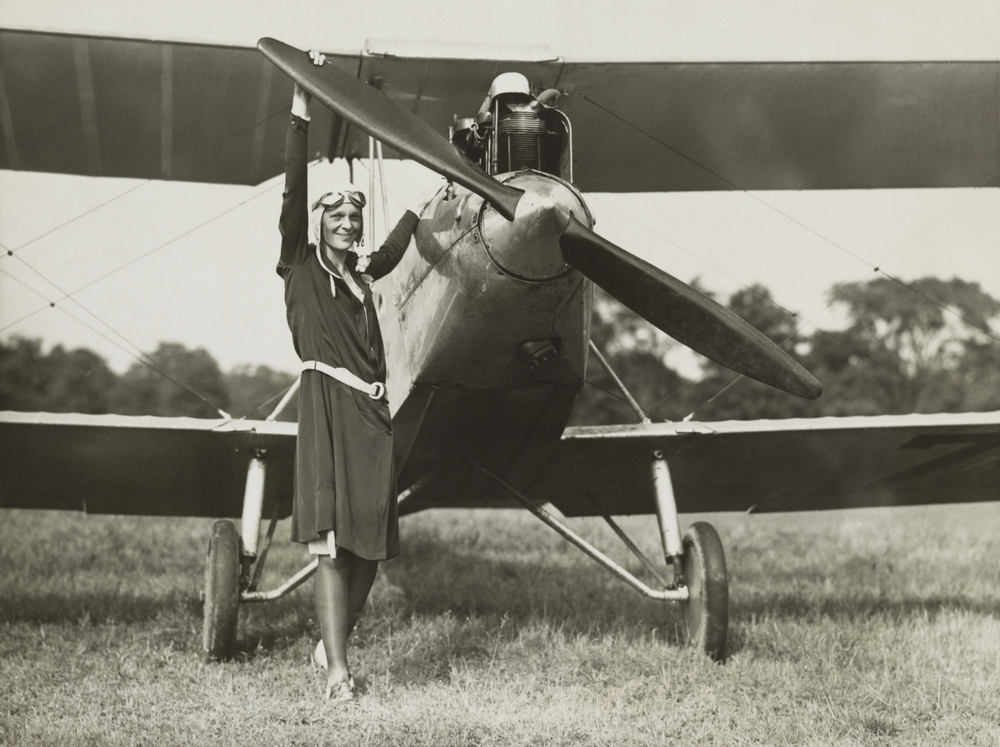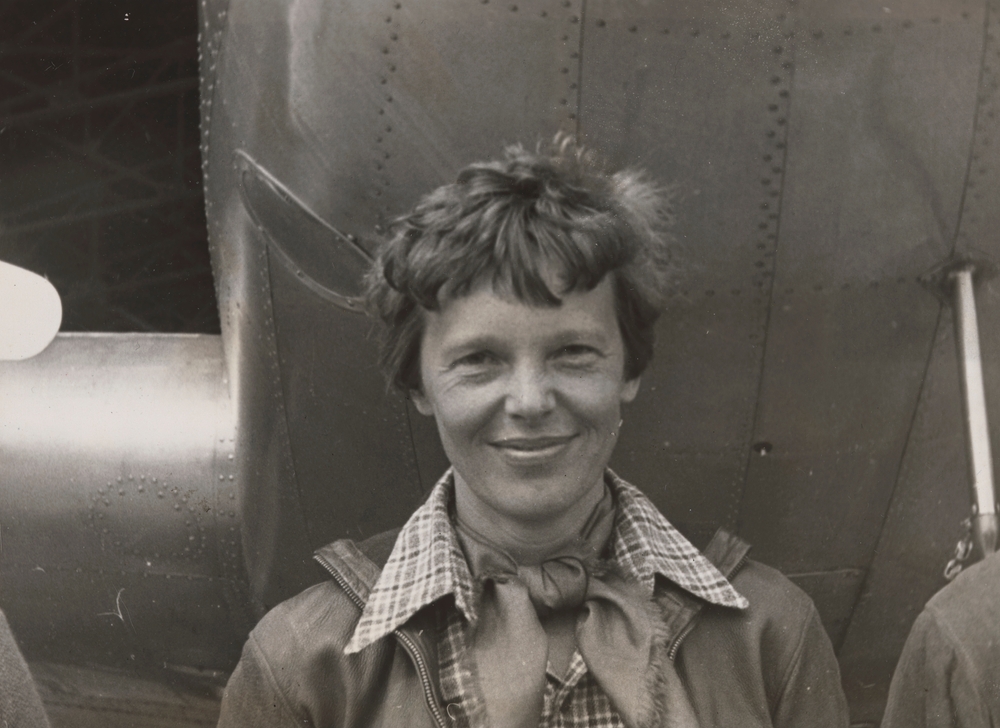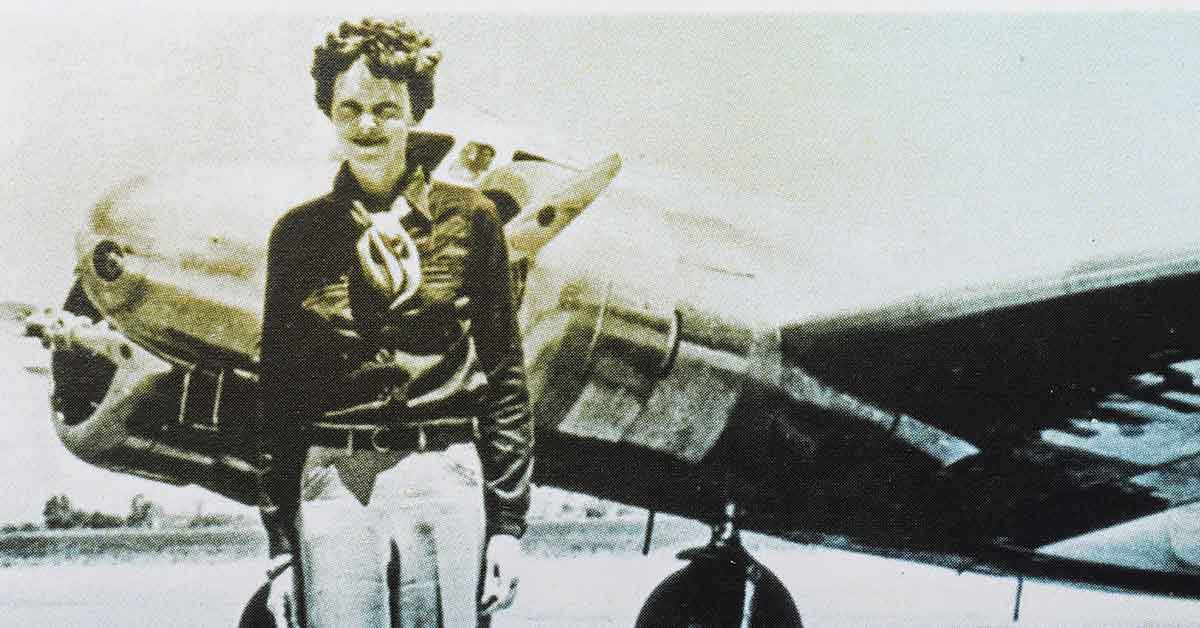On June 1, 1937, Amelia Earhart flew in her Lockheed 10-E Electra plane with the intention to become the first woman to fly around the world. But during her flight path, she and her navigator, Fred Noonan, vanished somewhere between New Guinea and their destination, Howland Island, in the Pacific. The bodies and plane were never found, leaving everyone to wonder what had happened. This mystery has sparked years of speculation and conspiracy. However, researchers have declared a new search for Amelia Earhart’s plane, which may have crash-landed on a remote island in the South Pacific.
Unidentified Object is Amelia Earhart’s Plane?

The new investigation was sparked by a satellite photo that seems to depict remnants of a plane in the sand of a small, inhospitable island lagoon called Nikumararo. This island is 350 nautical miles away from Howland. The team searching for the plane is from Purdue University, which famously employed Amelia Earhart and helped finance her mission. “We believe we owe it to Amelia and her legacy at Purdue to fulfill her wishes, if possible, to bring the Electra back to Purdue,” said Steve Schultz, Purdue’s general counsel.
The 2015 photo was taken a year after a tropical cyclone, which may have blown sand and uncovered the plane, according to Richard Pettigrew, the executive director of the nonprofit Archaeological Legacy Institute in Oregon. Pettigrew explained that the size and structure of the object in the photo (known as the “Taraia Object”) resemble Amelia Earhart’s lost plane. Plus, Nikumararo is near her planned route, and almost exactly the origin of her emergency radio calls. “It satisfies all the criteria,” he said to NBC News. “Everything fits.”
Read More: Inside The ‘Alaska Triangle’ Where More Than 20,000 People Have Disappeared Without a Trace
A Lack of Strong Evidence

Pettigrew, who has been trying to solve the mystery for years, has visited Nikumaroro. He cited further evidence of Earhart’s presence, namely cosmetics and tools from America. Additionally, a team from the International Group for Historic Aircraft Recovery, sponsored by National Geographic, went to the island with four forensic dogs, which indicated they had smelled human remains. However, the proof is far from iron-clad, and the object in the 2015 photo has been covered by sand once again. “What we lack now so far is what you call, what I call the smoking gun evidence,” Pettigrew said.
Meanwhile, Ric Gillespie, the executive director of TIGHAR, is doubtful they will ever find it. He and his team in The Earhart Project have searched for 35 years and found other bits of evidence the plane had crashed there. But he believes the satellite photo is of a washed-up coconut palm tree with a root ball. “We’ve looked there in that spot,” he said, “and there’s nothing there.” Moreover, he believes the plane would be buried in coral rubble, not sand. “I understand the desire to find a piece of Amelia Earhart’s airplane. God knows we’ve tried,” he said. “But the data, the facts, do not support the hypothesis. It’s as simple as that.”
Read More: Mysterious Runes Discovered in Canadian Wilderness Puzzle Experts
The Legacy of Amelia Earhart

Before the fateful flight, Amelia Earhart had already made history. Among her accomplishments was being the first woman to fly solo over the Atlantic Ocean. Additionally, she was the first person to fly from Hawaii to the mainland of North America. She was also a career counselor for women and a visiting adviser on Purdue’s aeronautical engineering department. She had planned to give her plane to Purdue University after her global flight for further research in aeronautics, according to USA Today.
The official understanding of the incident is that the plane had run out of gas before it reached Howland Island and landed in the Pacific Ocean. The U.S. Coast Guard cutter Itasca was waiting at the island to send radio bearings and smoke signals to assist the navigation. However, radio issues caused poor and sporadic communication. Itasca’s radio logs state that Earhart said she must be close to her destination although she couldn’t see it. Meanwhile, the Electra was running low on fuel, leading to the crash.
Remarkably, the new exhibition was planned in July, marking the 88th anniversary of Amelia Earhart’s disappearance on July 2, 1937. “Based on the evidence, we agree with (Archaeological Legacy Institute) that this expedition offers the best chance not only to solve perhaps the greatest mystery of the 20th century, but also to fulfill Amelia’s wishes and bring the Electra home,” said Schultz.

